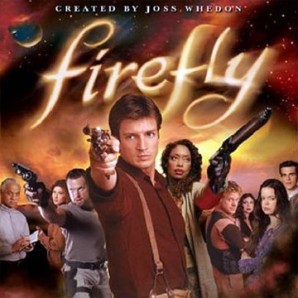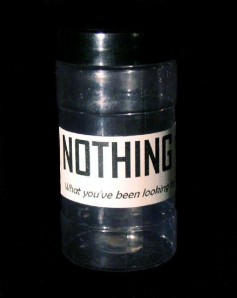How VOD is the Future of Television
You remember the days before the internet?
When the only way you could watch a TV show or movie was on television, in the theater or some sort of physical media like that archaic reel to reel technology? If you didn’t see your favorite television show when the networks decided you should be watching their show, you were S.O.L. or you had to hope for a repeat. We were all slaves to the whims of some mysterious person who was dictating what we could watch and when we could watch it.
However, the internet has changed all of that. First, it started with pirating. Missed yesterday’s episode of The Chevy Chase Show? No problem! Torrents to the rescue! In fact, some people have argued that piracy helped the rise of the serial drama over the sitcom because now people could catch episodes they missed. Whether that’s true or not, piracy certainly helped people watch episodes they hadn’t seen.

But the big revolution on the internet that has network executives staying awake at night with fear of lost revenue is video on demand service (VOD). Many companies have tried a VOD service where you buy individual episodes or movies. That’s not going to revolutionize anything though. It’s not any different than buying a DVD, except with a digital download, you don’t actually own anything.

However, the subscription based VOD service such as offered by Netflix, Hulu+, and Amazon Prime are something entirely different. Many people (myself included) have opted out of having an actual cable TV subscription, and instead rely on a combination of these services. A simple HDMI connection and my laptop becomes my cable box. It takes some getting used to, but it can be done. I’m two years in and have no desire to go back to the cable companies. The average price of a cable subscription is $50-$100 a month. The price of a Hulu+, Netflix, and Amazon Prime subscription come out to about $270 per year. That’s a substantial savings.
Of course, a savings for us is lost revenue for cable companies and networks. And they don’t like it. In retaliation, they’ve started making it harder to get content for these subscription based services, preferring instead to charge people for individual episodes or movies.

Netflix especially has been hit had by this resistance from film makers. They lost their contract with Starz after refusing to increase the contract from $30 million to the $300 million Starz wanted to stick around. And in recent months, many shows and movies have been yanked down, with very little quality content to replace it.
Hulu has it a slight bit better, as they’re owned by a few major networks. But even here, the content is limited, full of commercials, and episodes are not always available on all devices. You can watch the Simpsons all night long on your computer, but God forbid it should come to the Xbox. Even though it is likely people who have a computer and an Xbox also have an HDMI cable and can just hook the TV to the computer, and therefore circumvent Hulu’s attempts to keep it off the actual television. So the networks are making it worse for themselves in this case.

So what are VOD services going to do? Well if content is king, and they can’t buy any content, then the only answer is to make it yourself. Netflix has premiered their first original show, Lillyhammer to mostly mixed reviews. While not the best show ever, it was funny and worth watching, and being as it’s the first made for VOD show, it’s pretty good. Hulu has also gotten into the original content game, but as they’re owned by television networks, it’s kind of hard to be as impressed.

So if all of the companies you pay a monthly amount of money to start making their own shows, isn’t it just basically an online cable company/network? Yeah, it is. And this is going to be the future of TV shows (VOD shows?). Likely we’re going to be seeing more VOD services in the future, and they’ll eventually have to make their own shows to be relevant. Until your computer really is a replacement for the cable box.
Don’t think this hasn’t happened before either. When television first came out, radio stations did everything in their power to stop it from taking off. Of course, now we know how that turned out. Television is the king of entertainment and radio is what you listen to in the car on the way to work in the morning. So why is it that TV networks aren’t learning from the past?
They should be embracing the new technology rather than fighting it, because in the end, the internet is the future. They can either jump on-board or be left behind.